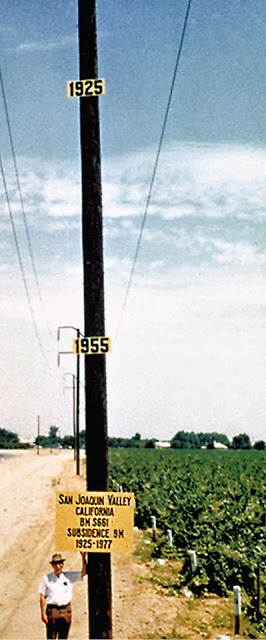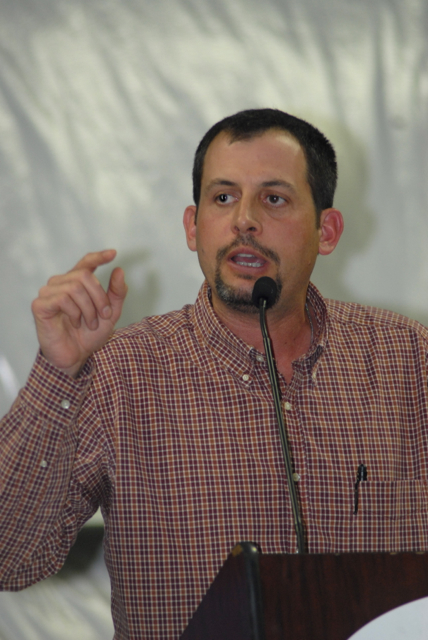FUNDING TO IMPROVE CITRUS PRODUCTION AND HEALTH
UCR Geneticists to Develop Tool for Genotyping Citrus
To address exotic diseases like HLB, breeders need sophisticated tools that rapidly characterize citrus varieties and hybrids and locate genes for disease resistance, fruit quality, and other essential traits.
 |
|
Mikeal Roose is a professor of genetics
and the chair of the Department of
Botany and Plant Sciences at UCR.
Photo credit: L. Duka
|
 |
|
Timothy Close is a professor of genetics at
UC Riverside. Photo credit: I. Pittalwala
|
UC Riverside has a long tradition in citrus research, with a major focus on citrus production and development of new varieties. Used extensively to solve citrus disease problems and improve commercial varieties, the university’s Citrus Variety Collection is one of the world’s most diverse living collections of citrus and related types with approximately 1,000 different varieties (including mandarins, blood oranges, navel oranges, citrons, clementines, tangos, grapefruit, Valencia oranges, and pummelos).





















